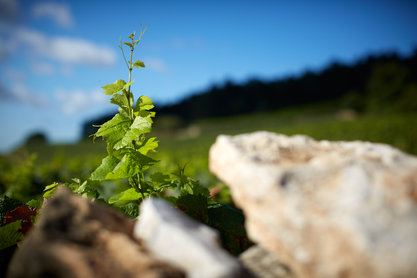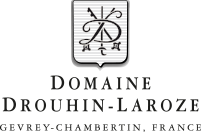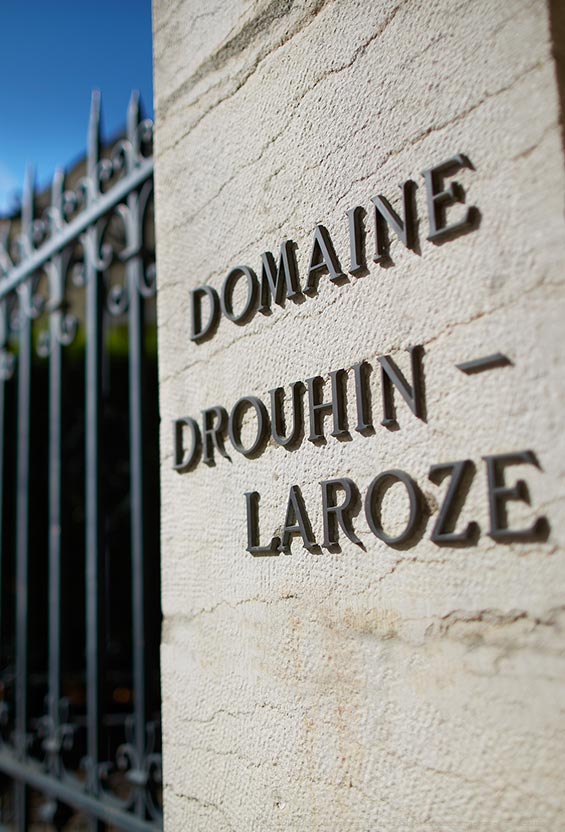
About the Climate 2006
Key dates:
Budbreak: 25 April
Flowering: 15 June
Cluster thinning: Weeks 30 & 34
Veraison: 10 August
Start of harvesting: 22 September
Overview
The 2005-2006 viticultural year was marked by a hard winter during which there were numerous snow showers, followed by successive periods of very contrasting weather, sudden changes in temperature and rain.
Dormancy
October to March: From early October to mid-November, the weather was mild, especially towards the end of October, when temperatures were 5° to 6°C above normal. Cold weather set in from mid-November onwards with the first falls of snow. December was bitterly cold, as were January, February and early March. Apart from the cold, the winter was marked by considerable amounts of snow - over 20 days in all, including the last exceptional fall of almost 40cm at the beginning of March.
Growing season
Temperatures began to rise again in mid-April, remaining largely above normal. The first few days of June were cold. From the point of view of rainfall, April was generally wet and May especially so. From the middle of June, the thermometer indicated that summer was on its way, with the hot weather continuing in July and becoming scorching hot. This heat wave ended with storms and some hail damage, notably in Gevrey-Chambertin, Morey-St-Denis and Chambolle-Musigny.
There was no transition between that and the cold and gloomy weather of August. Throughout the month, temperatures remained 2 to 4°C below normal and there was abundant rainfall.
September's temperatures were summery (25 to 30°C from 3 to 7 September); even though they dropped slightly from the middle of the month, they remained above normal throughout the month and during October.
Taken from the plant protection service bulletin
The harvest:
Conditions at the start of harvesting on 22 September were ideal, with fine and relatively warm weather - perfect conditions for bringing in the grapes. Quality was good with only a few, very limited patches of botrytis, thanks to painstaking efforts in the vines throughout the season. Meticulous sorting meant that only the best grapes reached the vat. As ever, vinification demanded much concentration and constant care and attention in order to extract the best from the harvest. Extra care was needed this year because of the difficult weather, hail and small degree of botrytis to which the grapes had been subjected. After three weeks of vinification, the wines were transferred to casks to be closely monitored throughout the maturing process in our cool and silent cellars.
Assessment of quality:
As in 2004, the 2006 vintage is what can be described as a "vine grower's" year. Quality will be far from uniform between wine estates, but this is a year capable of providing enormous satisfaction. At present, it is too soon and perhaps even rash to offer a definitive opinion or make a comparison with other vintages, but I suspect we may be able to compare it with 2004 or 2001.
To be reviewed and confirmed at the end of maturation.


